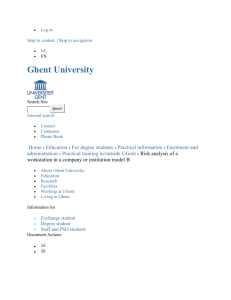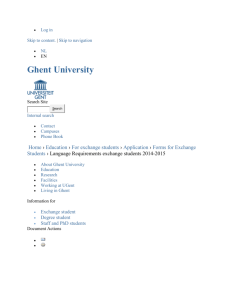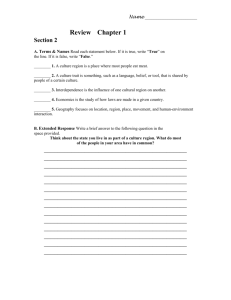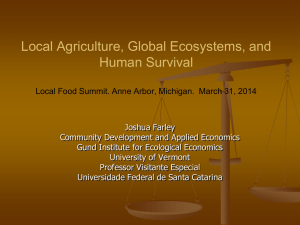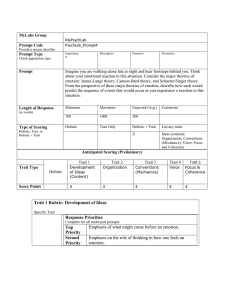INCORPORATING TRAIT DIVERSITY IN FOOD WEB MODELS FOR USE IN
advertisement
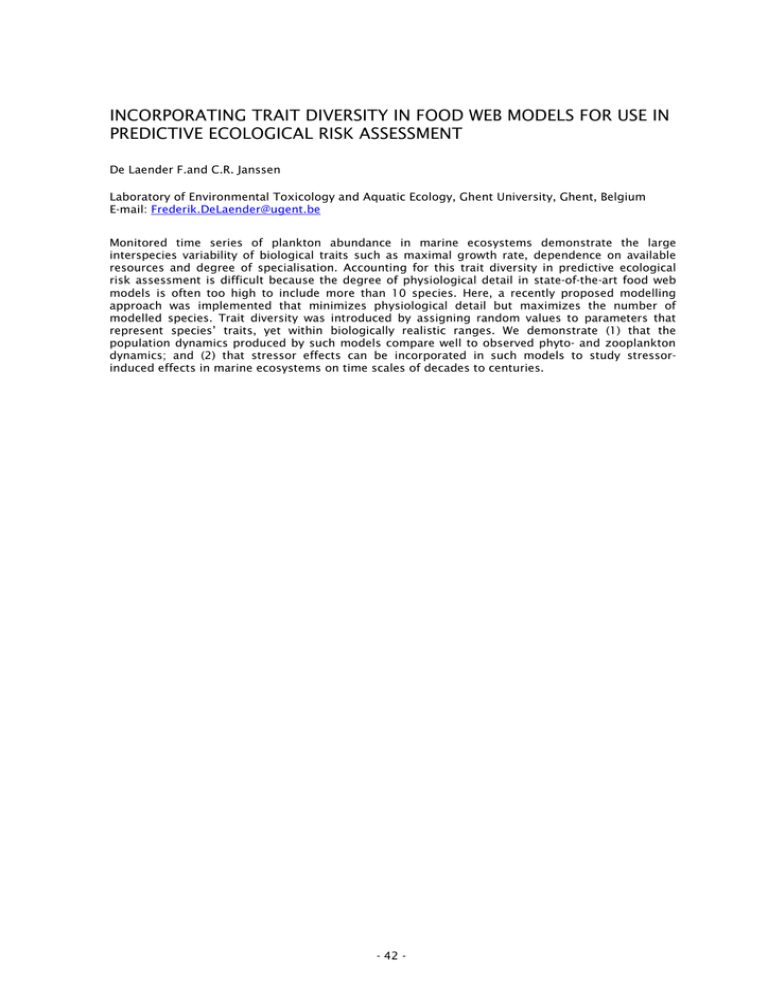
INCORPORATING TRAIT DIVERSITY IN FOOD WEB MODELS FOR USE IN PREDICTIVE ECOLOGICAL RISK ASSESSMENT De Laender F.and C.R. Janssen Laboratory of Environmental Toxicology and Aquatic Ecology, Ghent University, Ghent, Belgium E-mail: Frederik.DeLaender@ugent.be Monitored time series of plankton abundance in marine ecosystems demonstrate the large interspecies variability of biological traits such as maximal growth rate, dependence on available resources and degree of specialisation. Accounting for this trait diversity in predictive ecological risk assessment is difficult because the degree of physiological detail in state-of-the-art food web models is often too high to include more than 10 species. Here, a recently proposed modelling approach was implemented that minimizes physiological detail but maximizes the number of modelled species. Trait diversity was introduced by assigning random values to parameters that represent species’ traits, yet within biologically realistic ranges. We demonstrate (1) that the population dynamics produced by such models compare well to observed phyto- and zooplankton dynamics; and (2) that stressor effects can be incorporated in such models to study stressorinduced effects in marine ecosystems on time scales of decades to centuries. - 42 -


